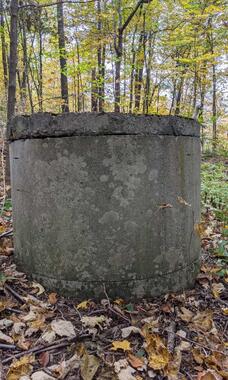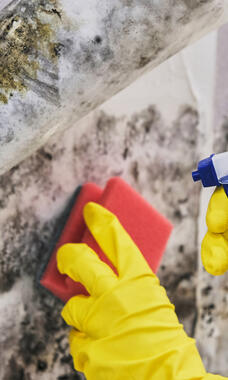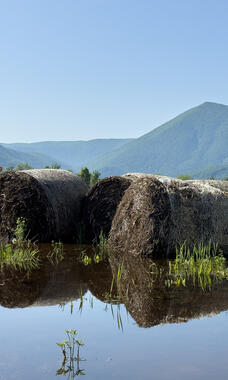Any flood or major rainstorm that generates significant runoff could contaminate your water supply making it unsafe to drink. Find out what you need to do.
Arsenic is a natural element found in some rocks and soils in Vermont and may get into groundwater.
Explore Health Data Atlases and Dashboards Many Vermont public health map atlases and dashboard-styled reports are available on a per-topic basis. These atlases and reports also allow viewers to download data in commonly used formats.
What You Need to Know About Coliform Bacteria in Drinking Water Coliform bacteria are one of the most common water contamination problems in private water systems in Vermont and throughout the U.S. Coliform is a family of bacteria common in...
What You Need to Know About Copper in Drinking Water Copper is an essential nutrient for the human body and is found in some foods. It is also a metal commonly used in home plumbing systems and can get into...
Private water supplies are monitored and maintained by their owners, so it is important for them to do their own water testing and maintenance to make sure their drinking water remains safe.
Drought can cause groundwater levels to lower and could cause your drinking water source to run dry. Learn what you can do to manage your water supply during drought.
Gross alpha radiation is a type of energy released when certain radioactive elements decay or break down and can be found in your drinking water.
What You Need to Know About Hardness in Drinking Water Water described as “hard” contains high amounts of calcium and magnesium, which are naturally found in the Earth's crust. Total hardness is the sum of the calcium and magnesium concentrations...



